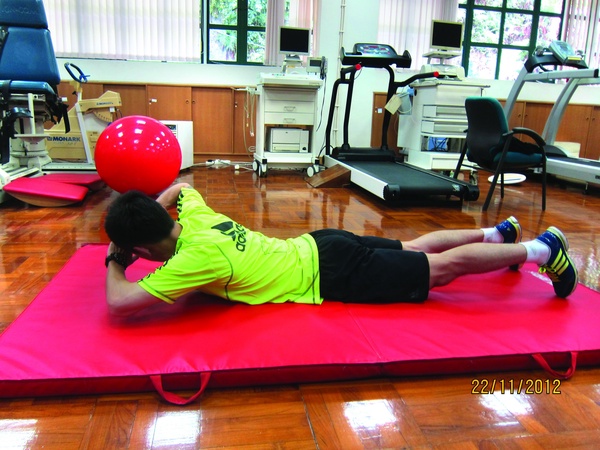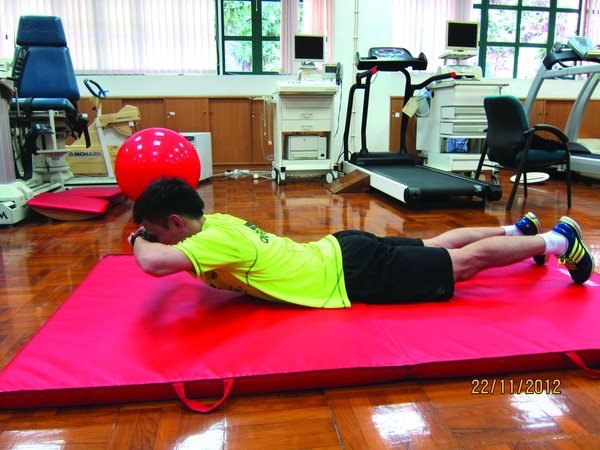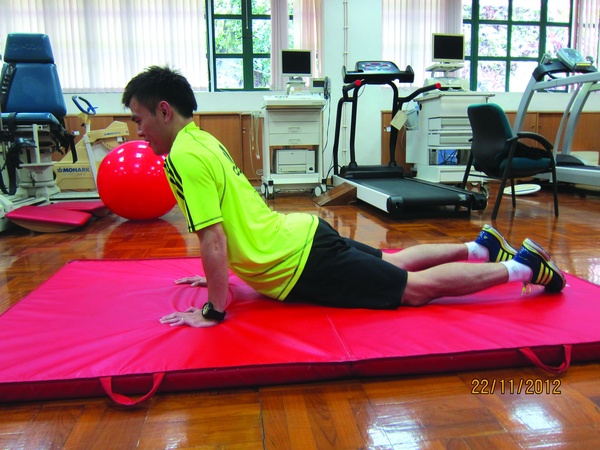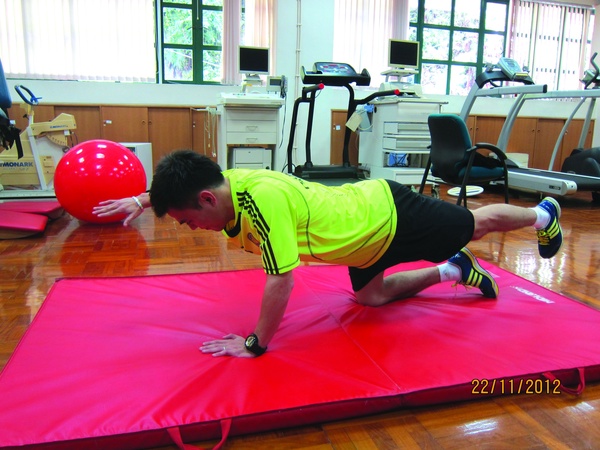Recently, lower back pain has become a common problem in Macao.
Muscle strain, Herniated Discs (HVD), and bone spurs are all major causes of lower back pain.
The spinal muscles, ligaments and the soft tissues surrounding the tendons are very important structures of the human body. Appropriate rehabilitation exercises can help reinforce the integration of the lower back with the body and maintain the balance and strength of the spine.
All these exercises were designed by highly trained physical therapists, occupational therapists and specialist doctors who made the treatment and exercise plans, also providing the proper form and technical guidance, according to the specific diagnoses and degree of pain.
What are the best rehabilitation exercises to train the lower back good?
To begin with, there are three kinds of muscles that support the spine:
Extensors:
(back muscles and gluteal muscles) – used to stretch the back and move the thighs.
Flexor:
(abdominal muscles and iliopsoas muscles) – used to bend the spine and move the thighs.
Obliques:
(side muscles) – used to sustain the spine while standing up, rotate the spine, and assist in keeping proper posture and physical bending of the spine.
Although we use these muscles more or less consistently in our daily lives, if they do not receive appropriate exercise, their functions will deteriorate as we grow older.
Therefore, we suggest the following three sets of exercises:
1. Moving upward with the support of the arms
Objective:
to train the back extensors.
Instructions:
Lie in a prone position with face looking down. With hands supporting the body, move head and upper body slowly up and off the floor. While your body is in this position, maintain your neck and body in a straight-line position with your head facing ahead as much as possible. At the same time, contract your abdominal muscles. And then, gradually lower your body to the ground. Repeat this procedure 10 times.
2. Stretching of limbs
Objective:
to strengthen as well as coordinate back muscles and abdominal muscles.
Instructions:
Use both knees and hands to support your body in a kneeling posture. Place your hands below your shoulders and knees below your hips. With your back as flat as possible, extend your right arm forward and your left leg backward at the same time. Keep your abdominal muscles contracted as this will help to support the spine and maintain balance. Slowly lower your leg and arm and then switch sides and repeat the progress. Alternate each side repeatedly for 10 times.
3. Stretching and rotating the back
Objective:
to balance and coordinate muscles related to rotation of the spine.
Instructions:
Lie in a prone position with face looking down. Put your hands on your forehead with your elbows apart. Slowly move your body up and off the floor and contract your abdomen. Slowly rotate your upper body to the direction of one of your shoulders. Then gradually return to the central position with your body in original posture. After that, rotate your upper body in another direction. Repeat this procedure for 10 times.
In order to chose the most appropriate form of exercising, this depends on the nature of the injury as well as personal exercising habits. If possible, consult with a physiotherapist or a specialist doctor for the most appropriate rehabilitation exercises. The effect will be even better if combined with aerobics exercises.






